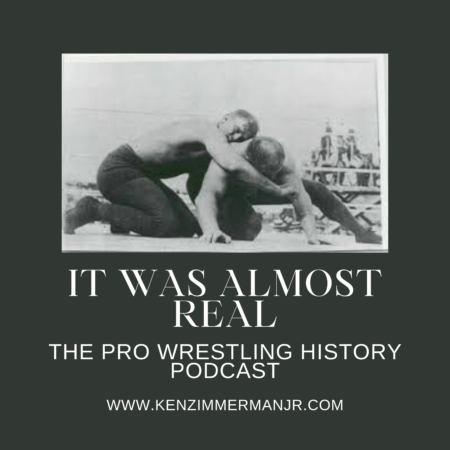Rov 8 – Txhawb Wrestling
Podcast: Ua si nyob rau hauv cov qhov rai tshiab | Download tau
Rov saib ua ntej
Hauv no rov, Kuv yuav tau sib tham txog txoj kev loj hlob ntawm lub promotional lawv nyob rau hauv lub 1910s thiab thaum ntxov 1920s thaum ntxov.
Hloov tshiab
Update on the American Heavyweight Wrestling Championship book project due out before Christmas this year. Peb tes num no loj npaum li cas tshaj kuv imagined. Wrestlers worked more of the matches than I initially suspected as well. The good news is I believe a solid timeline for the belt will be established with this book.

Photo of Jack Curley from 1910 (Public sau)
Cov ntsiab lus tseem ceeb
Why I Wrote the Post?
First Phase (1860s to 1890s) – Backers (wrestling fans) usually served as promoters.
Second Phase (1885 to 1910s) – Managers acted as quasi-promoters partnering with athletic clubs, buildings and sometimes backers to secure venues for matches.
Third Phase (1910s and 1920s) – Development of local promoters in the major and smaller cities who formed weak alliances to control professional wrestling. The promoters were not weak but the alliances were because the promoters often turned on each other.
Wrestling Review
Head Over Heels: Remembering Wrestling at the Chase by PBS Channel 9 rau cov me nyuam. Louis.
Koj yuav tawm ib saib los nug cov lus nug txog qhov no los yog tej tsev xa rau kuv Facebook phab.

Podcast Art for the It Was Almost Real: Tus Pro Wrestling keeb kwm Podcast

